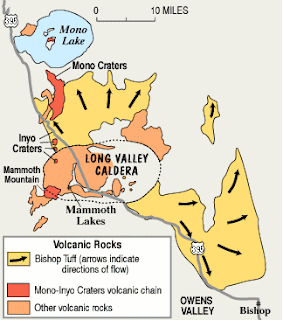Mountains: The Cascades
The Cascade Mountain range stretches across much of the West Coast, providing beautiful scenery and many recreation opportunities. For Earth scientists, the Cascade Mountains are one of the most important features in our state. Why?
The Cascades are so important because they are a significant example of the role of plate tectonics in shaping California millions of years ago.Also known as the Cascadia subduction zone, these mountains were formed by the constant movement of tectonic plates in the lithosphere.
An ancient tectonic plate called the Farallon plate formed a convergent boundary with the North American plate, starting in Northern California.Because the Farallon plate was a denser oceanic plate, when it came together with the continental North American plate, the Farallon gradually sank.
As the Farallon plate sank, it partially melted because of contact with the heat of the mantle. Magma (very hot rock) from this melting began to rise to the upper layers of the Earth. Through this process, many volcanoes formed in the Cascade Range, including Mount Shasta, Lassen Peak, and Mount St. Helen’s.
This convergent boundary was so active that the Farallon plate eventually sank completely under the North American plate. Therefore, the Farallon plate does not exist today!





